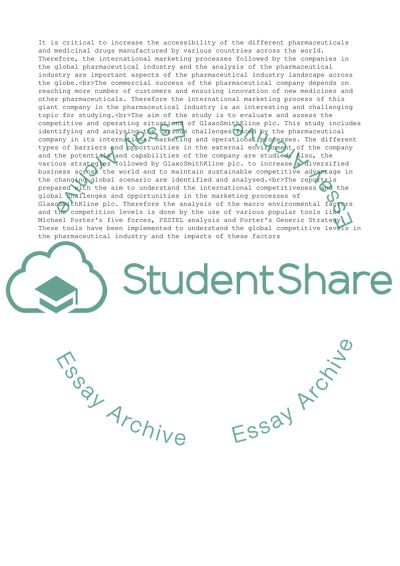Cite this document
(“International operation and competition study of GlaxoSmithKline plc Essay”, n.d.)
Retrieved from https://studentshare.org/business/1628664-international-operation-and-competition-study-of-glaxosmithkline-plc
Retrieved from https://studentshare.org/business/1628664-international-operation-and-competition-study-of-glaxosmithkline-plc
(International Operation and Competition Study of GlaxoSmithKline Plc Essay)
https://studentshare.org/business/1628664-international-operation-and-competition-study-of-glaxosmithkline-plc.
https://studentshare.org/business/1628664-international-operation-and-competition-study-of-glaxosmithkline-plc.
“International Operation and Competition Study of GlaxoSmithKline Plc Essay”, n.d. https://studentshare.org/business/1628664-international-operation-and-competition-study-of-glaxosmithkline-plc.


